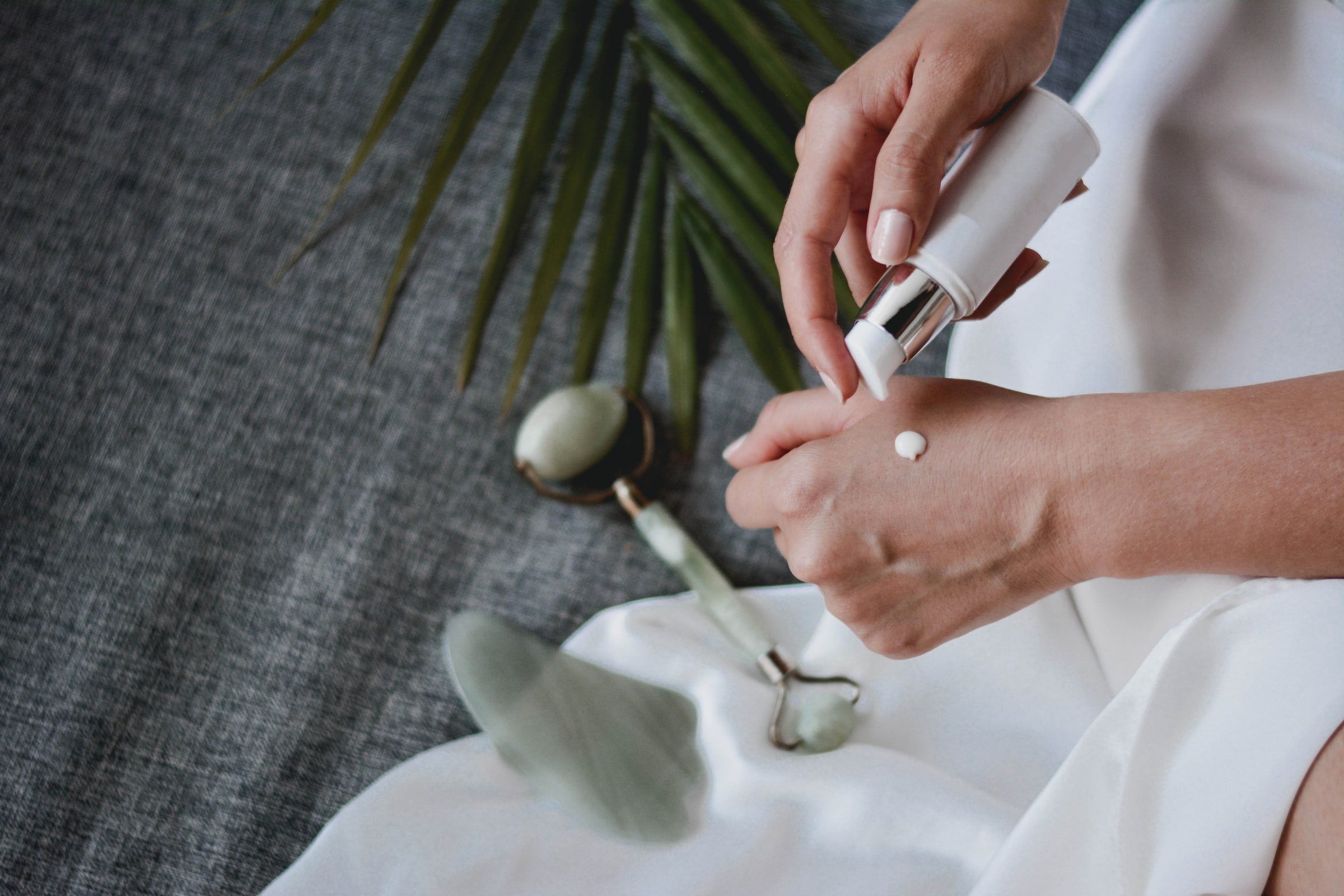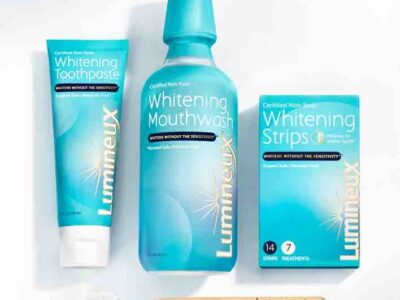Skincare is one of the most essential daily protocols we can engage in. From sun damage to pollution, cleansing to moisturizing, taking care of your skin can feel like an enormous task. Despite how daunting it may seem, building a daily skincare routine is essential in your healthcare routine.
Beyond the cosmetic benefits of minimizing fine lines and wrinkles, preventing or treating acne, and promoting a clearer complexion, a skincare routine can help protect and reduce the risk of certain cancers and skin problems.
Skincare routines will be different for everyone and have to be adjusted for each person’s unique needs and environment. Some people rely on trial and error, while others may seek the help of a board-certified dermatologist (which is recommended).
To build a daily skincare routine, there are a few factors to keep in mind:
- First, consistency is key. Any product claiming to be a universal quick fix that is not performed by a physician or in a doctor’s office is likely bad news. Consumers should be very wary of such products and the harshness of their ingredients.
- Second, everyone’s skin is unique. Beauty bloggers may be all the rage, but copying an influencer’s routine does not guarantee the same results. Everyone’s skin needs are different, and individuals need to find a program that works for them.
- Third, no one’s skin is perfect. The reality is that many of the images online, be they models, influencers, or just friends and family, are likely retouched. Even in person, if you think someone’s skin looks fabulous, it is likely that they have something they are worried about, too. Nothing seems as serious to other people as it does to ourselves.
Anyone can do a few things to optimize their skincare routine (note: these are for informative purposes only, any changes in routines or usage should be discussed with a professional).
Cleansing: Finding a facial wash that works with your skin is crucial. Usually performed once to twice per day, washing the face is an important way to rid skin of excess oil and debris and soothe any existing problems with a medicated wash if needed. Scrubbing the face is generally a bad idea, and gentle cleansers applied to wet skins in circular motions by the pads of your fingers for about 10-15 seconds are the best way to clean the face.
Moisturizing And SPF: Any dermatologist will tell you that SPF needs to be applied daily – yes, even in the winter – and yes, even if you’re staying inside all day. While it may feel strange at first, skin also needs to be moisturized each day, and in many cases, the SPF can double as a moisturizer. Applying a broad spectrum SPF reduces the chance of skin cancer and keeps skin wrinkle and line-free for longer.
Spot treatments: Much like cleansers, spot treatments may be a helpful tool if instructed to use them by a professional. These products can be beneficial in warding off incoming or present pimples or lines, and should only be used in specific amounts for a finite period of time, not all over a part of the body. Spot treatments are readily available, particularly those that fight acne, and usually include benzoyl peroxide, which brings oxygen to the skin to kill bacteria, or salicylic acid, which promotes the shedding of skin cells to get rid of a blemish. It is generally not recommended to use more than one spot treatment at a time.
It is important to remember that more money doesn’t always mean better results. While the most effective products may not be the lowest-priced, they are unlikely to be the highest either. Most drugstore brands are suitable for most skin types, and gentle brands like Cetaphil and Neutrogena are largely recommended by dermatologists.





